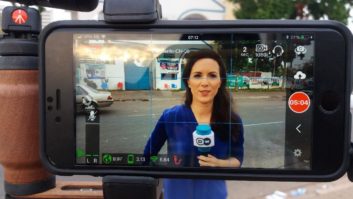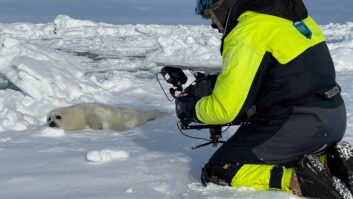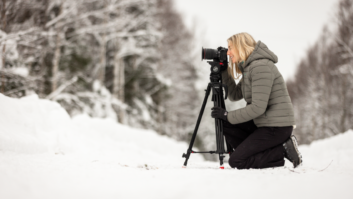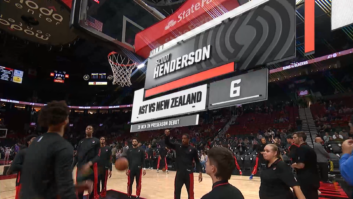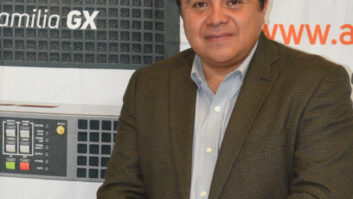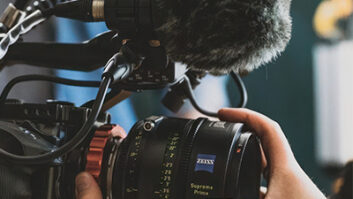In the present situation, visiting beauty spots and other interesting countryside venues is, of course, very much discouraged. So, it quickly became obvious that the BBC programme Countryfile would be adversely affected by the restrictions that are in place. And that meant executive editor for BBC Studios Production, Bill Lyons, and his team needed to find a solution that would adequately fill the Sunday evening slot that the programme enjoys.
“We really wanted to come across to our audience with a ‘business as usual’ approach as much as anything, and occasionally use ‘pre-loved archive’ material. After all, we are a much-loved broadcast that has a slot to fill each week – and the audience is used to seeing that fixed time on a Sunday evening for 52 weeks a year.”
Lyons says that in these unprecedented times, it is important that the viewers get their weekly Countryfile “fix”, but in a way that reflects what is going on in the countryside at the moment. “As well as being topical, it is also just as important to be able to show scenes that will help people get through these most difficult of times.”
There are around a dozen presenters who are involved in Countryfile and Lyons is looking to use all of them, although the circumstances may vary from one person to another. “We are looking carefully at the reality of each situation. Some of those presenters may be more confined to their homes than others for a variety of reasons. Some may be self-isolating – or have come through being unwell. We treat each person and each story very much on a case by case basis.”
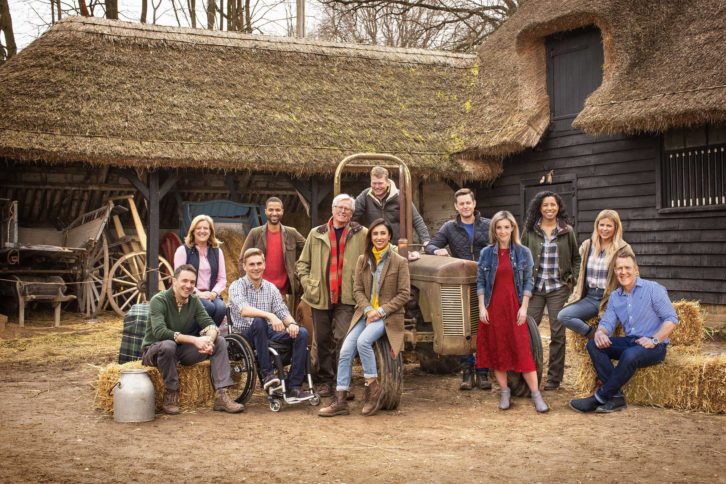
Mention was made earlier about archive material and this, says Lyons, is a real bonus at this time. “The same seasonal cycles happen in the countryside year round, and so we can draw on our catalogue, stretching back more than 30 years, to compare more normal times with what we’re living through now.”
The first programme in the new format aired on 19th April and included a segment around a wetland area in Hackney. Some years ago, that area of East London was featured in the programme, and a return visit not only allowed viewers to see what changes had taken place, but also to see presenter Anita Rani re-interview an elderly lady, Daphne, who had featured in the original Countryfile. “It was heartening to see how she was doing and the way she’s coping with the current situation. That’s a good use of archive material,” states Lyons.
That interview made good use of mobile phone technology, but Lyons believes this should be used sparingly. “Although viewers are getting used to see lower quality videos, we will only use that solution if nothing else is available. Our aim is to use the highest quality material wherever possible.”
One of the biggest differences the new format has produced is the increased use of single person crews. In most cases, the segments are currently being recorded using a self-shooting director. “We have to make sure that there is minimal risk to everyone. Never have Risk Assessment procedures been more important than in this present crisis. The self-shooter must also do the sound – which is not ideal, but necessary under the circumstances.”
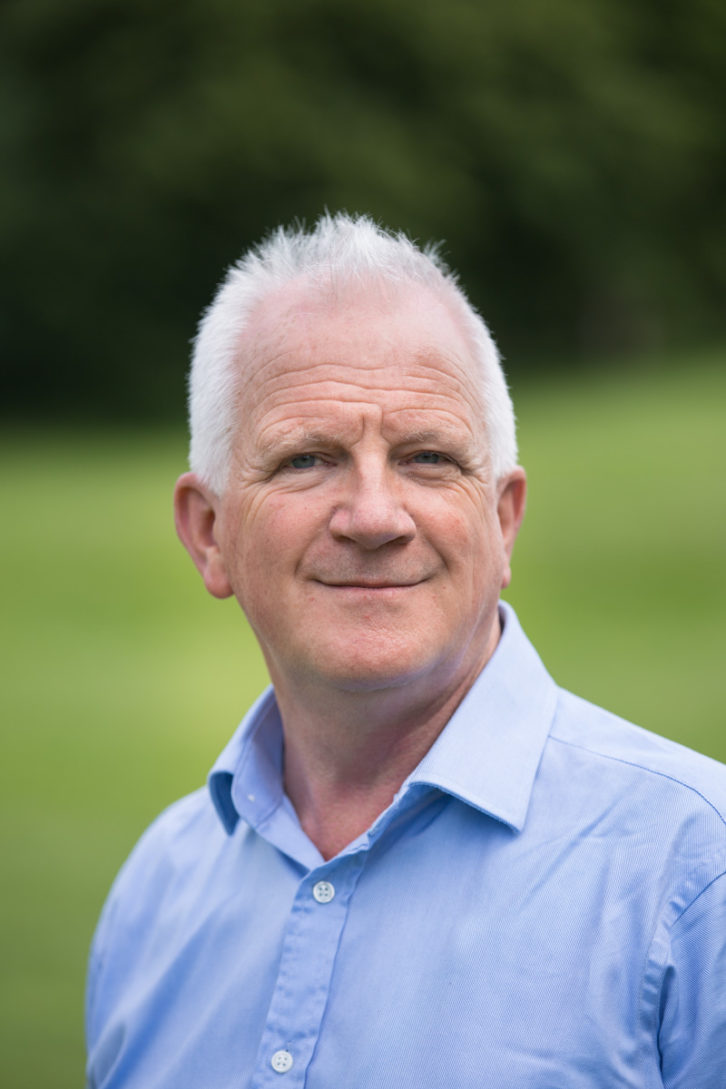
All the kit is cleaned and sanitised before and after each shoot. The presenters fix their own microphones and where a third-party contributor is involved, a stand or boom is used to ensure social distancing is maintained. “It is hard work for the shooter, and makes for a really full day.”
Lyons says that some presenters will self-shoot material themselves – or with the help of partners – even using iPhones, if necessary.
Drones play a large part in Countryfile production as they provide good panoramic shots of the landscape. “You’d be surprised how many self-shooters also have drone licences,” reports Lyons. “And, of course, there are no social distancing problems as the drone has to be at least 50 metres from people.”
The workflow for post production remains largely the same – albeit with editors working remotely from home and communicating with the director using video conferencing or phone technology. An offline cut is prepared as normal and voice over sections scripted. The presenters then record those segments using their new-created home studios.
“These are challenging times for us all,” concludes Lyons, “but we are trying to ensure the quality of the programmes remain very high. We have an inventive team who will come up with the solutions so that we can fill that slot each week.”
